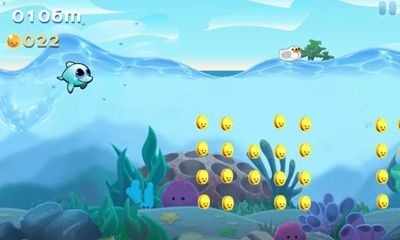

This behavior has also been observed in Antarctic shallow-water sea star species that feed on sponges.

In both cases, the largest sea stars were on a high point on their respective sponge while the smaller sea stars appeared to have been pushed away. These observations suggest complex interactions among these deep-sea sea stars, which seemed to be pushing each other away to assert dominance over the large prey item. The observations featured in the journal article include 10 sea star species feeding on various corals, including octocorals, black corals, and stony coral eight feeding on deep-sea sponges, both glass and demosponges and four feeding in the sediment.Īlso included are two extraordinary observations of multiple “cookie stars” ( Peltaster placenta and Plinthaster dentatus) and a sea urchin ( Cidaris rugosa) feeding on a large barrel sponge ( Geodia). Travel from star to star, upgrade your ship with new systems and weapons, build up your flotilla with allies and mercenaries, and take on a variety of alien menaces. Download larger version (1.2 MB).įeeding observations in the deep-sea are uncommon, but they can tell us a lot about the predators, their prey, and their surrounding environments. Sea of Stars is a starship roguelike, a sandbox adventure game of interstellar exploration and combat. Image courtesy of the NOAA Office of Ocean Exploration and Research, Gulf of Mexico 2018. Sea of Stars Steam charts, data, update history. It tells the story of two Children of the Solstice who will combine the powers of the sun and moon to perform Eclipse Magic, the only force capable of fending off the monstrous creations of the evil alchemist known as The Fleshmancer. This sea star ( Pythonaster atlantidis), from a poorly understood and rarely seen genus of sea stars, was observed feeding on a glass sponge during the Gulf of Mexico 2018 expedition. Sea of Stars is a turn-based RPG inspired by the classics.


 0 kommentar(er)
0 kommentar(er)
